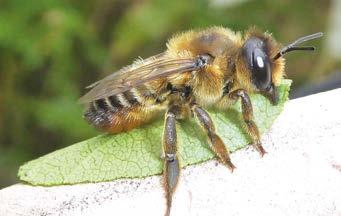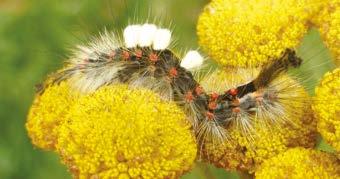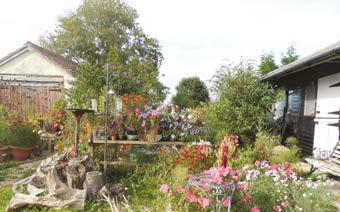
2 minute read
NATURE NOTES
Gardens will still be buzzing with insect life, including many of our 270 bee species, the vast majority of which are Solitary bees, collecting pollen and nectar as they visit flowers and shrubs. You may notice uniformly cut out circular shapes from rose leaves and, although this may appear unsightly, the plant will be unaffected. These are made by harmless solitary Leaf-cutting bees, important and very efficient pollinators of food crops and many other plants.
There are seven UK species, two of which are commonly seen in gardens, often on thistle flowers and are easily recognisable by the orange brush hairs along their undersides which collect pollen.
Advertisement
You may even see the extraordinary sight of a female flying with the newly cut circle of leaf in her jaws, returning to a cavity usually in decaying wood, to add to a series of neatly constructed cells each protecting a single larva which will feed on pollen and nectar she has also provided.
Among the day-flying moths you may see the male Vapourer resting on vegetation. The flightless female is seldom seen, but the spectacular caterpillar may be found feeding by day on leaves of a variety of trees and shrubs.
Providing even small areas of dense protective environment for pollinators is so important in these times of diminishing species and habitat. Our gardens can play an essential part in assisting pollinators to complete their life cycles and in turn give us the pleasure of their presence throughout many months of the year.
Gill Nash
Leaf-cutter bee with pollen Vapourer moth caterpillar



Garden habitat
Photo: Joan Carter
Hoverfly on Miss Willmott's Ghost plant






















